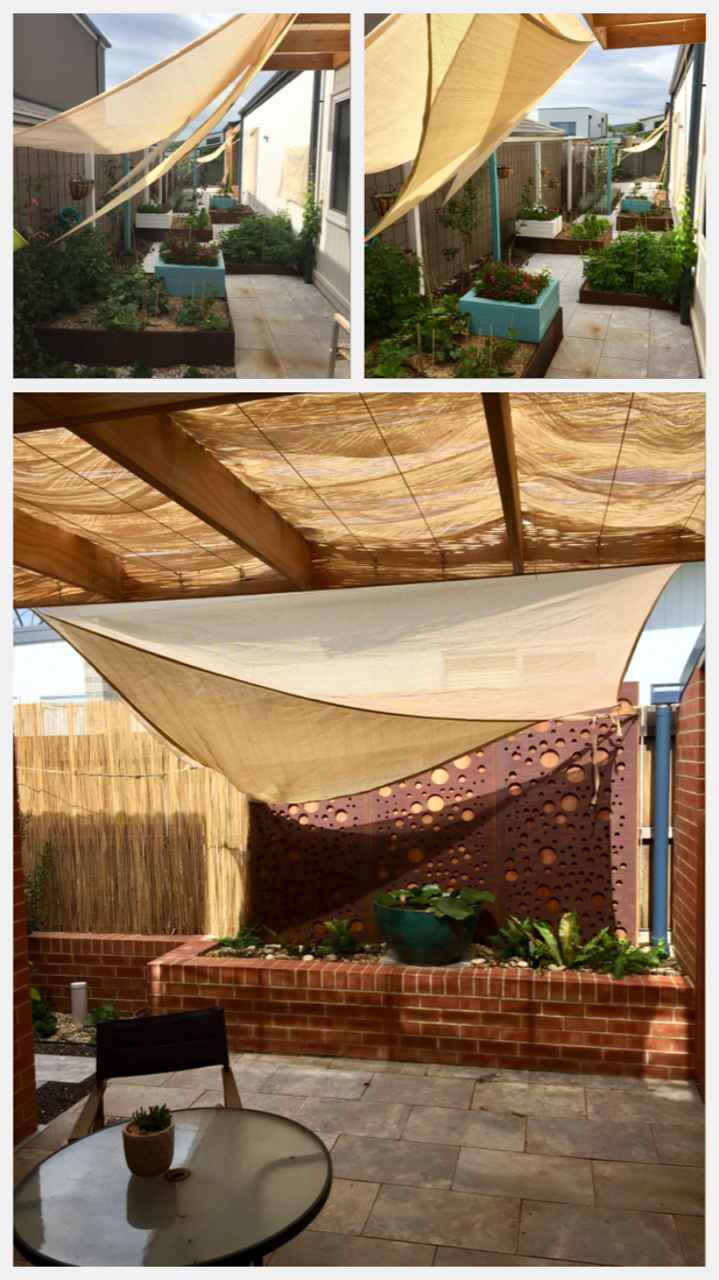The top three mistakes people make trying to stay cool over summer
With temperatures in the 30s for the duration of this week, staying cool is on our mind. Unfortunately, many people approach keeping their house cool the wrong way. We've decided to set the record straight on three common mistakes:
1. Leaving the windows open until you start to feel a bit warm.
It can be tempting to enjoy the breezy morning air flowing through your home, but if you’re keen on staying cool and reducing your summer power bills, this is not the right approach. By the time the temperature has risen enough to prompt you to close the windows and flick on that air-con, you’ve already allowed the entire house (and slab, if you have one) the opportunity to warm up.
INSTEAD: The best approach is to close up the house at the coolest part of the morning, as soon as the outside temperature climbs above the internal temperature. If you leave the house open to ventilate overnight, you give it lots of time to cool itself (especially if you have a concrete slab) before closing it up. This buys you extra time during the day as thoroughly cooled surfaces take longer to warm.
2. Relying on curtains to keep the heat out.
If you have a few windows in your house that face east or west, as many of us do, you might think that simply closing the blinds or curtains will keep the morning/afternoon sun from heating your room. This is a common misconception! While the curtains and blinds might delay the heat warming the room, they aren’t stopping that sunlight from hitting your glass and the heat from making its way inside.
INSTEAD: The only effective way to stop direct sunlight heating your rooms is by installing external shading devices. This can be as simple as hanging up a bit of shade cloth or cardboard, or purchasing some basic external blinds or louvres. Many of the open weave fabric options available, and louvres, allow you to maintain light, or views, while still blocking the direct sunlight. (See pics of the really cost-effective options that Jenny has used to the east and west at her place at the bottom of this blog.)
NB. deciduous plants can also be extremely effective but will take a few years to provide good summer protection - read more about that in another journal post.
3. Assuming that upgrading your home and improving your comfort will be too expensive.
Most people just deal with heat; sweltering through the afternoon with an icey-pole or a beer, heading to the local swimming hole, or relying on air-conditioning if they have that luxury. Many do this because they assume that upgrading their home involves costly window replacement or difficult insulation installation. This is a common misunderstanding, and one that makes us despair!
INSTEAD: The following measures are extremely low cost, and can improve your energy savings and comfort drastically:
a. Draught sealing can cost <$200 and decrease your bills up to 25% in some cases. You start with the obvious ones like front doors, permanent vents above bathroom windows, or old-fashioned wall vents, and move through to smaller cracks around windows, architraves, and cornices. This website is a fantastic resource on how to go about this. (The added bonus is that you’ll also reduce the number of creepy crawlies getting into your house!)
b. When the house is closed up during the heat of the day, fans (ceiling or pedestal) will decrease your perceived temperature of a space by 2-3 degrees, making 28 degrees feel like 25 and making you wish for an air-con system far less often! Once the external air temperature drops below the internal air temperature and you open up the house, fans are excellent for increasing overnight ventilation. Hot pedestal fan tip - during the day, point it at you to make you feel cooler; at night point it out the window to cause the external, cooler air to be drawn in through windows on the other side of the room/house. Exhaust fans in bathrooms, laundries or kitchens can also be used overnight to increase the rate at which cool air is drawn through the home.
c. Install appropriate window treatments. As mentioned above, in summer your biggest bang for buck comes from external shading to stop the sun striking the glass and entering your home. Thick curtains with a pelmet, or well-fitted blinds add extra insulation to your windows which is most beneficial in preventing heat loss over winter but also helps in summer. Good curtains/blinds can increase the effectiveness of single glazed windows to the equivalent of double glazed windows.
You should feel a noticeable change to your comfort and power bills if you instigate the three steps above.
Further measures such as installing ceiling insulation, pump-in wall insulation, or underfloor insulation (in that priority order) are usually the next step, and will cost on average $2300, $3500, and $2200, respectively.
While windows are one of the biggest weakpoints in a home, they are often the poorest ‘bang-for-buck’ upgrade as the cost of double glazed non-aluminium framed windows ranges typicalled ranges from $15k-$65k. Even good quality windows are still around 1/6 as insulative as an insulated wall, so installing them doesn’t mean you get to forget about all the operational or shading tips above!
One of the greatest shames of modern housing is how lazy air-conditioning has made us about designing and operating our homes. With a little extra awareness and effort, you can significantly increase your comfort and decrease your power bills, this summer.
As one of Australia’s best known architects, Glenn Murcutt, said; “You should be able to operate a building in a way like you operate a yacht. To be able to sail a yacht to get its best performance, you should be able to do that with a building.”
Cost-effective shading options at Jenny's house. See more about this house here.

